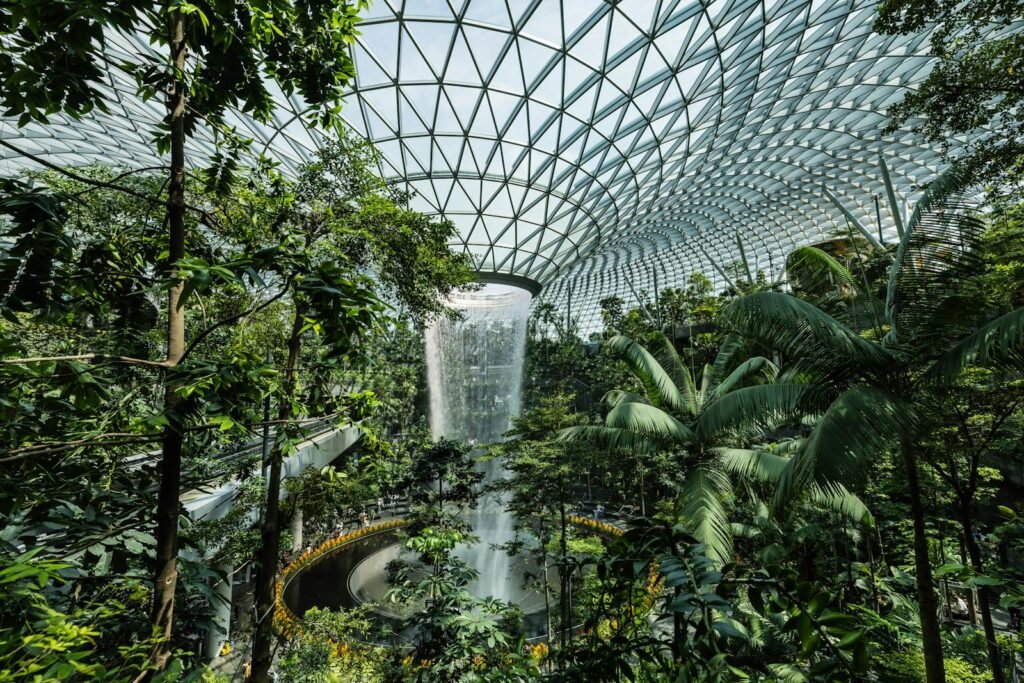Deep in the heart of Singapore lies a remarkable ecosystem that most visitors never discover—a network of conservation facilities and research centers that quietly work around the clock to protect and study the nation’s remarkable biodiversity. While millions flock to Singapore’s famous attractions, there’s an entire world of wildlife rehabilitation and scientific discovery happening behind the scenes, where cutting-edge research meets compassionate animal care in ways that are reshaping our understanding of urban conservation.
The Hidden World Behind Singapore’s Green Facade

Imagine walking through Singapore’s bustling streets, completely unaware that just minutes away from the urban jungle, scientists are nursing a critically injured pangolin back to health while simultaneously collecting data that could save its entire species. This reality exists at the Centre for Wildlife Rehabilitation (CWR), Singapore’s dedicated facility for providing veterinary care and rehabilitation for wild animals, including mammals, reptiles and birds that may have been found injured or distressed after wandering into unfamiliar environments. The CWR houses veterinary facilities including holding, treatment and surgery rooms, x-ray equipment, an incubator and an oxygen cage, staffed by veterinarians trained to handle Singapore’s wildlife. What makes this place truly extraordinary isn’t just its state-of-the-art medical equipment, but how it seamlessly blends animal welfare with groundbreaking research that’s influencing conservation efforts across Southeast Asia. It’s like having a hospital and research laboratory rolled into one, where every patient contributes to scientific knowledge that could protect thousands of their wild relatives.
Singapore’s Native Species: A Surprising Biodiversity Hotspot

Despite its small size, Singapore’s 720-square-kilometre territory boasts more than 2,000 native plant species, 57 mammal species, 98 reptile species, 25 amphibian species, 355 species of birds and over 282 species of butterflies. Currently, Singapore contains 1358 known species of native vascular plants, of which approximately 759 are critically endangered. This incredible diversity exists in a country smaller than most major cities, making it a living laboratory where every square meter counts. Singapore still maintains immensely diverse wildlife, including critically endangered species like the Sunda pangolin, the Raffles’ banded langur and the straw-headed bulbul. These numbers aren’t just statistics—they represent living creatures that have adapted to one of the world’s most urbanized environments, creating unique research opportunities that exist nowhere else on Earth.
When Urban Development Meets Wildlife: The Daily Rescue Operations

ACRES wildlife rescue service operates daily from 7:00am to 1:00am, 365 days a year, responding to as many as 300 animal rescues every month. Picture this: it’s 2 AM, and a family discovers a disoriented monitor lizard in their kitchen, or construction workers find an injured hornbill at a building site. These rescues include native wild animals such as pythons, monitor lizards, civets and pangolins, as well as exotic animals illegally brought into Singapore to be sold as pets. Each rescue costs between SGD$80 to SGD$500 and includes medical check-ups, microchip implants, medication, treatment, equipment, manpower and transportation. What’s fascinating is how each rescue becomes a data point that helps researchers understand how wildlife adapts to urban environments, creating an unprecedented database of human-wildlife interactions in one of the world’s most densely populated countries.
The Science Behind Every Healing: Research That Saves Species

The CWR features specialized housing facilities customized for different animals to replicate their natural environment as closely as possible, with environmental enrichment incorporated to allow animals to express natural behavior. But these aren’t just fancy animal hotels—they’re carefully designed research environments where scientists study everything from stress responses to behavioral adaptations. Every blood sample, every behavioral observation, every successful rehabilitation becomes part of a growing scientific understanding that benefits not just the individual animal, but entire populations. Think of it as turning every patient into a willing research participant, where the act of healing simultaneously advances our knowledge of wildlife medicine and conservation biology. The Centre builds NParks’ expertise in rescue, treatment and release of wildlife while enhancing biosurveillance and wildlife population research capabilities through a community and science-based approach to wildlife management and conservation.
Fighting the Illegal Wildlife Trade: Conservation Meets Law Enforcement

The Centre plays a key role in combating illegal wildlife trade, which disrupts ecosystems, affects biodiversity and threatens endangered species survival, with NParks monitoring activities and taking enforcement action against offenders. Exotic wildlife species confiscated during investigations are cared for and rehabilitated at the CWR while legal proceedings take place. Maximum penalties for illegal trafficking of endangered species have increased from $5,000 and one year imprisonment to $50,000 and two years imprisonment, with fines applicable to each animal up to an aggregate maximum of $500,000. This isn’t just about punishment—it’s about creating a deterrent strong enough to protect species while simultaneously providing researchers with rescued animals that become ambassadors for their wild cousins. Every confiscated pangolin scale or rescued turtle becomes evidence not just in court, but in the scientific understanding of how these species can be better protected.
Mandai Wildlife Reserve: Where Conservation Meets Innovation

Mandai Wildlife Reserve supports over 50 wildlife conservation projects locally and in the region, from Sumatran Orangutans to Singapore’s native Sunda Pangolin. Mandai Nature’s dedication to protecting Southeast Asia’s most threatened species drives prevention of extinction where it’s most needed, working with partners and communities to ignite change, spark innovation, and inspire hope. In their wildlife parks, they manage assurance populations for threatened species while working in wild places around the region, strengthening efforts with international conservation partners. What makes this extraordinary is how visitor ticket purchases directly fund field research—every family photo with an orangutan helps protect wild orangutans in Borneo, creating a direct link between education, entertainment, and conservation action. By 2025, Mandai Nature aims to contribute to recovery or stabilization of at least 20 threatened Asian species and protection of 100,000 hectares of natural ecosystems.
From Rescue to Release: The Journey of Recovery
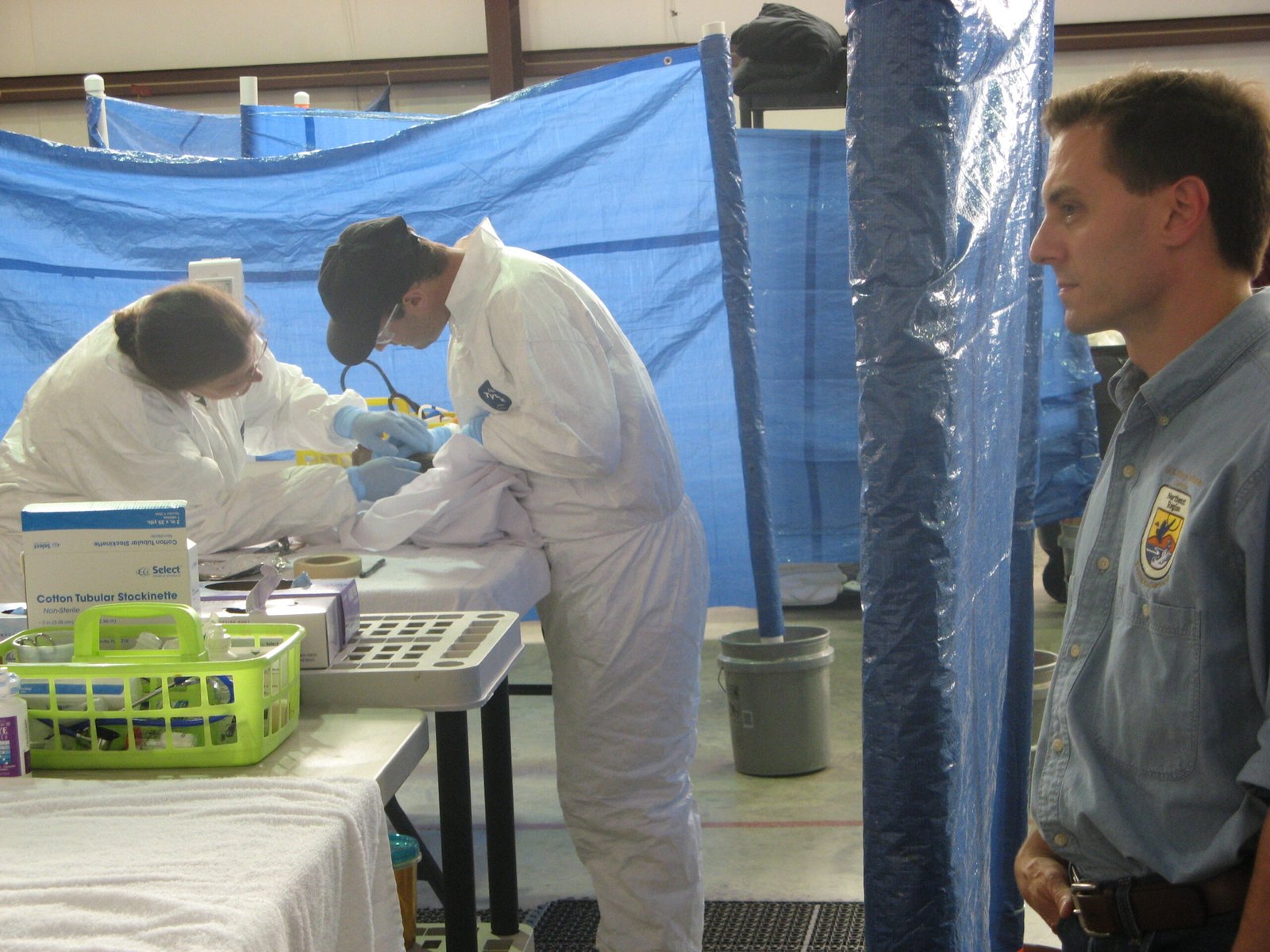
For native wild animals that pass health checks, they’re released back into the wild immediately at suitable sites, while those needing treatment receive care at the Wildlife Recovery and Rehabilitation Centre. But this process isn’t as simple as it sounds—it’s a carefully orchestrated dance of medical care, behavioral assessment, and scientific monitoring that can take weeks or months. Imagine a young hornbill learning to fly again after wing surgery, or a pangolin recovering from injuries while researchers study its dietary preferences and social behaviors. For reptiles and amphibians rescued from illegal wildlife trade, animals receive safe homes at rehabilitation centers for as long as needed, with efforts to repatriate them to rescue centers in their countries of origin. Each successful release represents not just a saved life, but valuable data about rehabilitation techniques, recovery times, and post-release survival rates that inform future conservation strategies.
The Network Effect: Regional Collaboration in Southeast Asia

The Wild Animal Rescue Network (WARN Asia) includes members from Cambodia, Thailand, Laos, Vietnam, China, Hong Kong, Indonesia, Taiwan, South Korea, Malaysia, Philippines and Singapore, with associated organizations in India and the UK. The 2025 Illegal Wildlife Trade workshop brought together experts across Asia to share knowledge and address wildlife trafficking, fostering new connections, valuable insights, and innovative tools. This isn’t just about sharing information—it’s about creating a regional intelligence network where a rescued pangolin in Singapore might provide crucial information about trafficking routes that protect similar animals across multiple countries. Think of it as an international detective network, where scientists and conservationists share forensic evidence, rehabilitation techniques, and research findings that multiply the impact of every local conservation effort.
Technology Meets Biology: Advanced Research Techniques
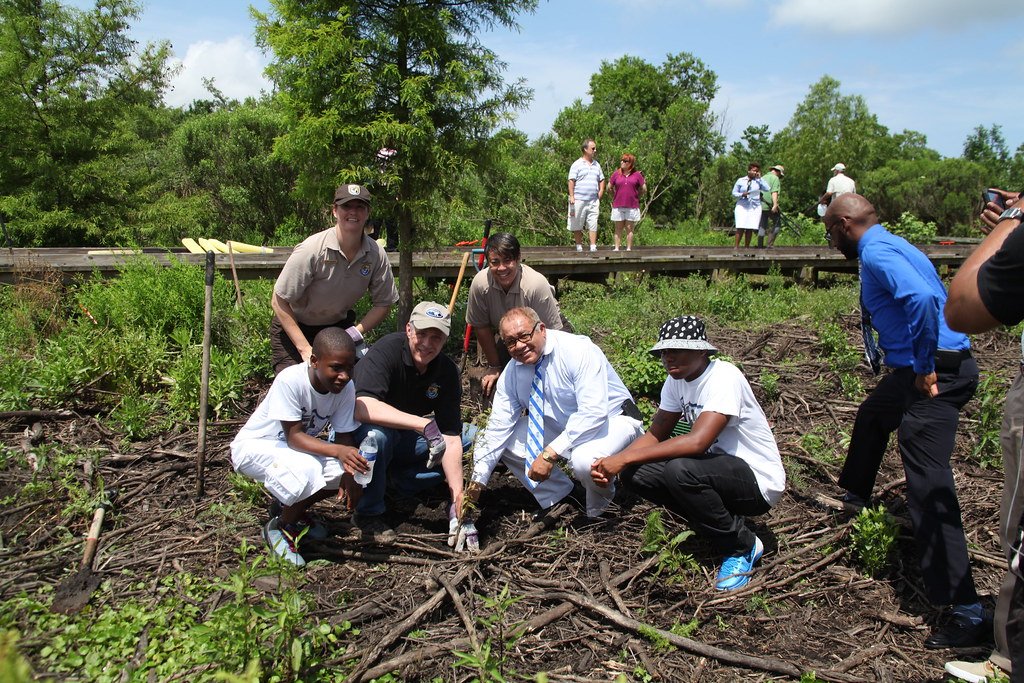
Singapore’s wildlife research facilities employ cutting-edge technology that would make most university laboratories envious. From genetic sequencing that traces the origins of trafficked animals to behavioral monitoring systems that track recovery progress, these facilities represent the intersection of high-tech innovation and biological science. Researchers use everything from thermal imaging to monitor stress responses in rehabilitating animals to GPS tracking systems that follow released animals back into the wild. The CWR complements NParks’ existing biosurveillance facilities including the Animal Quarantine Centre and Centre for Animal & Veterinary Sciences in strengthening Singapore’s biosurveillance system. What’s remarkable is how this technology transforms traditional animal care into a data-rich environment where every heartbeat, every behavioral change, and every medical intervention contributes to a growing database of wildlife medicine and conservation biology. It’s like having a research laboratory disguised as an animal hospital, where the pursuit of healing drives scientific discovery.
Urban Wildlife Adaptation: Studying Life in the Concrete Jungle

Smooth coated otters have expanded to 17 families fishing for tilapia in waterways and sleeping under bridges, with reports of otters decimating prized koi collections. Long-tailed macaques numbered more than 2,000 according to a 2015 census, with reports of macaques scaling Housing Development Board buildings and invading homes. These aren’t just amusing anecdotes—they’re scientific goldmines that help researchers understand how wildlife adapts to urban environments. Every otter family that learns to navigate city canals, every macaque that figures out how to open garbage bins, provides insights into animal intelligence, behavioral flexibility, and urban ecosystem dynamics. Oriental pied hornbills are native to Singapore but declined to local extinction during the 19th century. The fact that some species thrive while others struggle in urban environments creates natural experiments that help scientists predict which species might adapt to future urban expansion worldwide.
Conservation Success Stories: Species Brought Back from the Brink
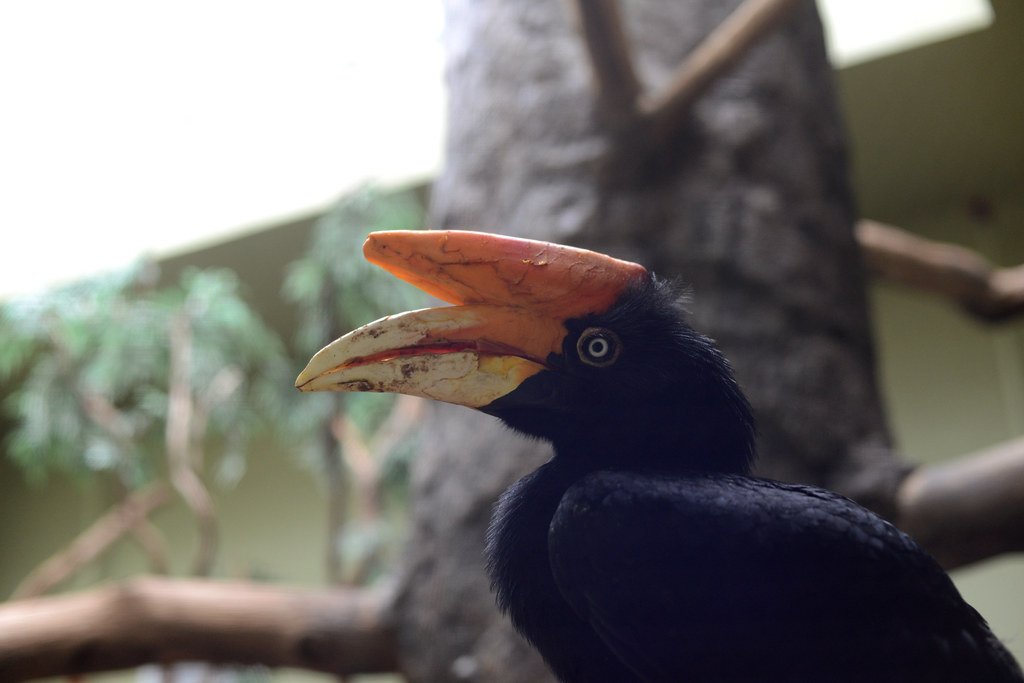
Singapore’s conservation efforts have produced remarkable success stories that demonstrate how focused research and rehabilitation can literally bring species back from extinction. The Oriental pied hornbill, once locally extinct, has been successfully reintroduced through careful breeding programs and habitat restoration. Bird Paradise proudly boasts the world’s largest genetic reserve of hornbills in human care, with over 20 species represented. The park actively participates in over 75 global breeding programs, helping sustain populations of threatened species. What makes these success stories particularly powerful is how they demonstrate the effectiveness of combining ex-situ conservation (breeding in captivity) with in-situ conservation (protecting wild habitats). Each successful reintroduction provides researchers with invaluable data about habitat requirements, breeding behavior, and population dynamics that can be applied to conservation efforts for other threatened species. It’s proof that with sufficient scientific knowledge and dedicated care, even locally extinct species can be brought back to life.
The Economics of Conservation: Funding Wildlife Research Through Innovation

At Mandai Wildlife Reserve, a portion of revenue is committed to conservation projects across Singapore and Southeast Asia, with every ticket purchase and visitor transaction helping protect wildlife. This innovative funding model turns tourist attractions into conservation engines, where educational entertainment directly funds scientific research and wildlife protection. Visitors can tour ACRES’ Wildlife Recovery and Rehabilitation Centre with a minimum donation of $20 per person, with funds supporting animal protection programs, though the organization faces challenges raising funds as a non-profit charity. Sustaining gifts help support the race to save species from extinction through assurance population management and field conservation partnerships. What’s brilliant about this approach is how it creates a sustainable economic model where conservation success directly benefits from public engagement, creating a positive feedback loop where successful conservation efforts attract more visitors, generating more funds for expanded research and protection programs.
Climate Change and Urban Adaptation: Research for the Future
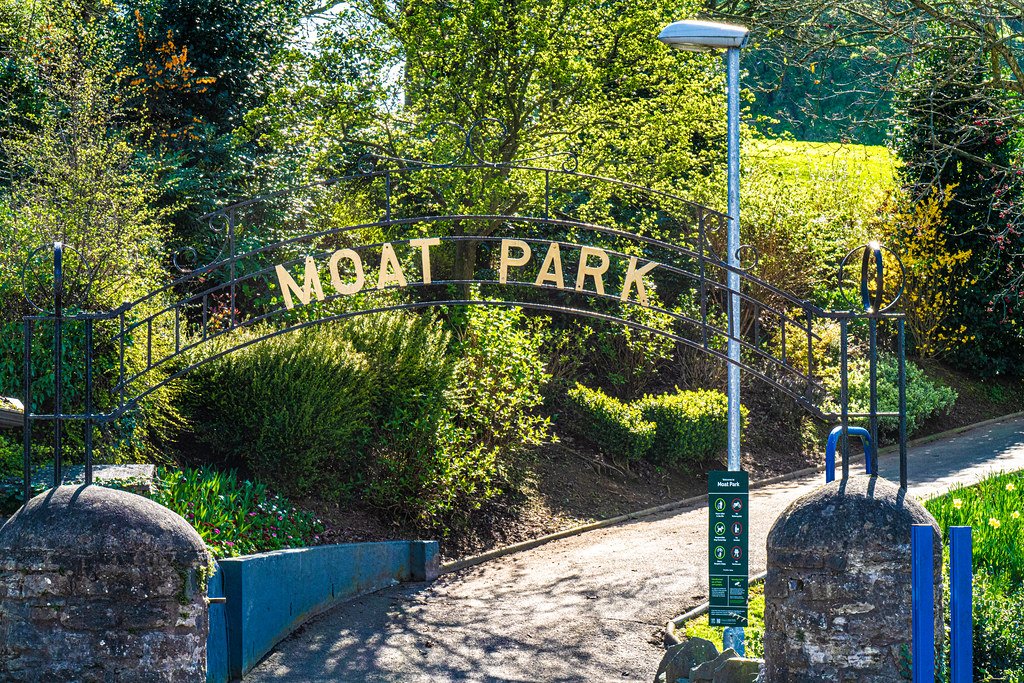
Singapore’s unique position as a tropical island city-state makes it an ideal laboratory for studying how wildlife adapts to both urbanization and climate change simultaneously. Singapore has lost more than 60% of its coral reef ecosystems over the past 50 years due to environmental pressures including coastal development, marine pollution, and climate change. Keeping habitats connected is a key conservation strategy to protect biodiversity by facilitating movement through dispersal and migration, maintaining gene flow between local populations and improving resilience. Researchers are studying how rising temperatures, changing precipitation patterns, and sea-level rise affect both native and rehabilitated wildlife populations. Forest conservation and restoration are examples of nature-based solutions addressing challenges like climate crisis, with Singapore working to establish high-quality projects that benefit local communities, biodiversity and climate. This research isn’t just academically interesting—it’s providing crucial insights that help predict how wildlife worldwide might adapt to rapid environmental changes, making Singapore’s conservation research relevant far beyond its borders.
Community Engagement: Turning Citizens into Conservation Scientists
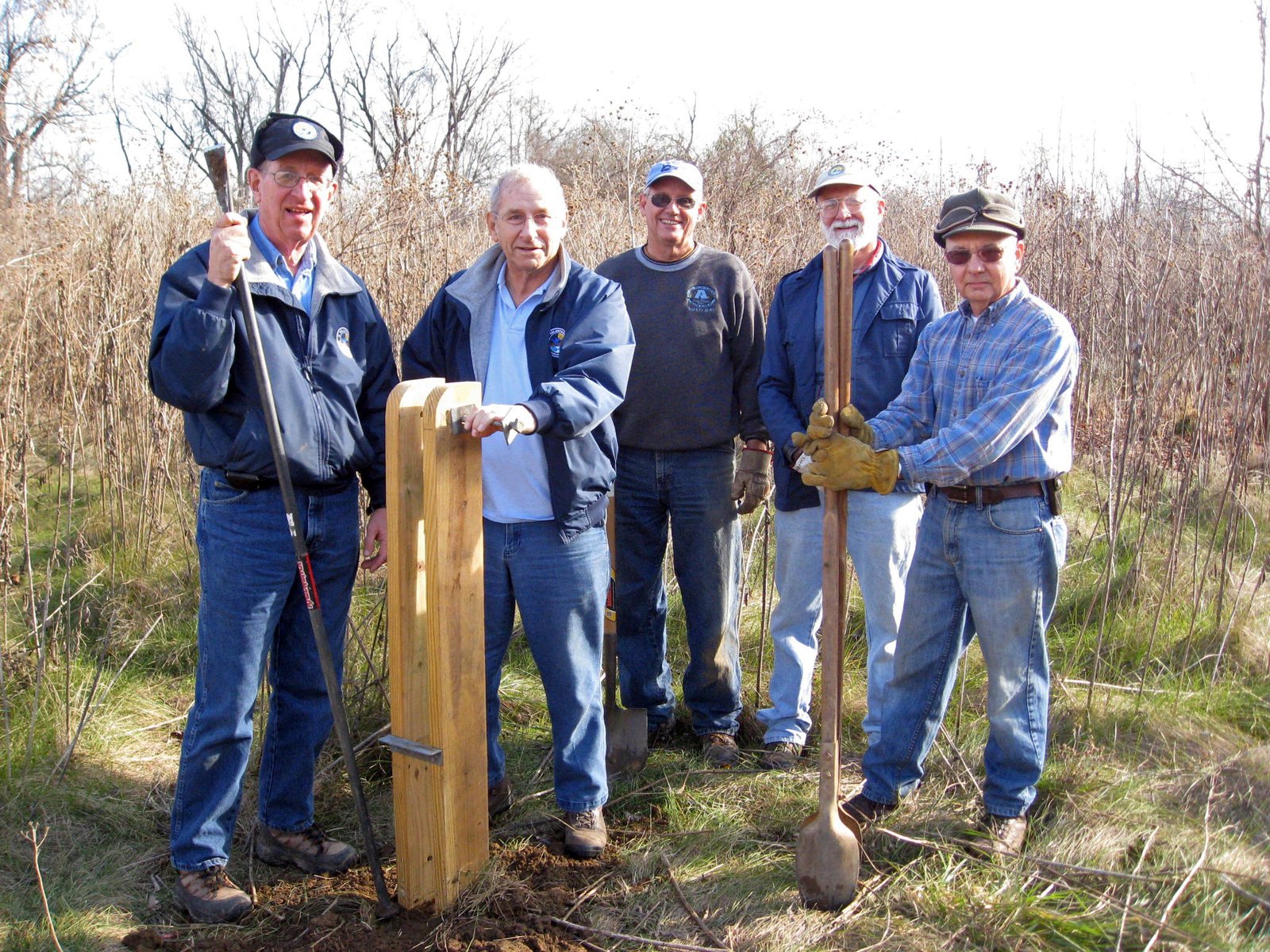
Respondents agreed on the need for new controls on wildlife feeding and release throughout Singapore, stronger penalties for violations, and stronger regulations on wildlife management companies, with emphasis on training companies to safely and humanely manage wildlife while protecting public safety. Wildlife rehabilitation centers offer educational programs that teach the public about local wildlife and conservation importance, helping raise awareness about wildlife challenges and how individuals can contribute to their well-being. Singapore has successfully transformed ordinary citizens into conservation partners through education programs that teach people how to coexist with urban wildlife. Everyone should know where their closest wildlife rehabilitation center is in case of emergency, as this helps avoid wasting critical time when an animal is found suffering. This community involvement creates thousands of informal wildlife monitors who provide early warning systems for injured animals, contribute to citizen science projects, and serve as advocates for conservation policies. It’s like having a city-wide network of conservation volunteers who understand that every wildlife encounter is an opportunity to contribute to scientific knowledge and species protection.
International Recognition: Singapore as a Conservation Model

Singapore hosts multiple international conferences including the International Conference on Wildlife Ecology, Rehabilitation and Conservation, Environmental Biological Sciences, and Conservation Biology, bringing together researchers, scientists, and practitioners from around the world. In 1986, Singapore joined the Convention on International Trade in Endangered Species of Wild Fauna and Flora (CITES). Singapore’s approach to wildlife rehabilitation and research has gained international recognition as a model for how densely populated urban areas can successfully balance development with biodiversity conservation. The Nature Conservancy’s presence in Singapore leverages the city-state as a global hub of innovation, partnerships and science to scale up conservation and climate impact across the Asia Pacific region, bringing global expertise in nature-based solutions and carbon markets. What makes Singapore’s model particularly attractive to other countries is how it demonstrates that conservation doesn’t require vast wilderness areas—instead, it shows how strategic planning, advanced technology, and community engagement can create effective conservation outcomes even in highly urbanized environments.
The Future of Urban Conservation: Lessons from Singapore’s Secret Forest

Singapore’s hidden world of wildlife rehabilitation and research represents more than just successful conservation—it’s a blueprint for how cities worldwide can integrate biodiversity protection with urban development. Mandai Wildlife Group is committed to sustainable populations of wildlife and human communities thriving in functioning ecosystems, contributing by connecting people with wildlife, championing sustainable living, and supporting conservation efforts to safeguard wildlife and habitats. The success of this model lies not in any single breakthrough, but in the systematic integration of medical care, scientific research, public education, and policy enforcement that creates a comprehensive conservation ecosystem. By investing in people and empowering them to protect the planet, they create lasting impact together, recognizing that we depend on the natural world for our every need and that nature itself is an integral part of the climate solution. As cities worldwide grapple with balancing development pressures with environmental protection, Singapore’s secret forest offers hope that urban areas can become not just wildlife refuges, but active contributors to global conservation efforts through innovative research and rehabilitation programs that turn every rescued animal into an ambassador for its species.
Singapore’s secret forest isn’t hidden in some remote jungle—it’s woven throughout the city itself, in rehabilitation centers, research facilities, and the dedicated people who work tirelessly to prove that conservation and urbanization can coexist. Every successful release, every breakthrough in wildlife medicine, every citizen who learns to coexist with urban wildlife represents a victory not just for Singapore’s biodiversity, but for the future of conservation worldwide. In a world where wildlife faces unprecedented challenges, Singapore’s model demonstrates that sometimes the most powerful conservation tools aren’t found in pristine wilderness, but in the intersection of scientific innovation, compassionate care, and urban planning that puts biodiversity at its heart. What would our cities look like if they all had their own secret forests?

